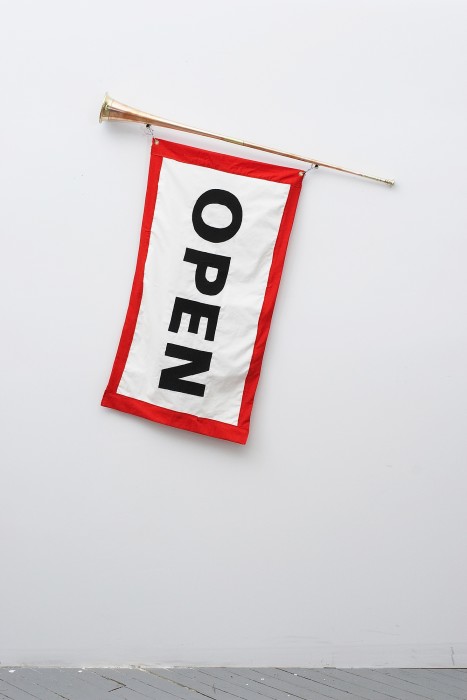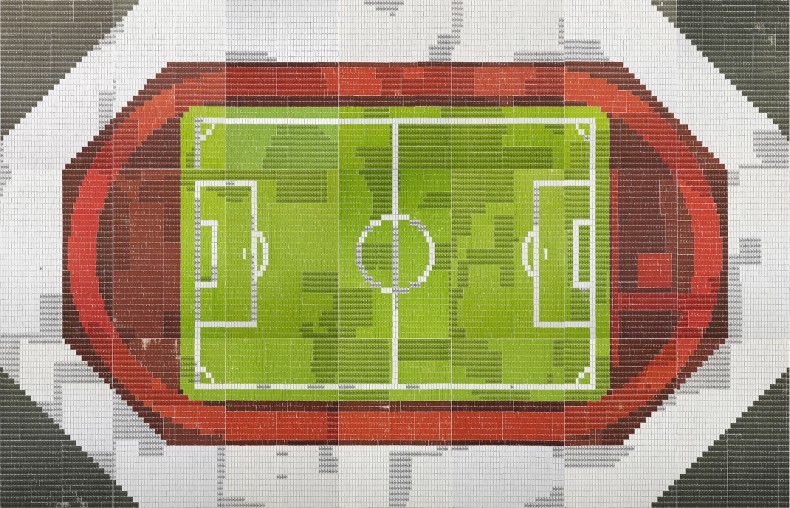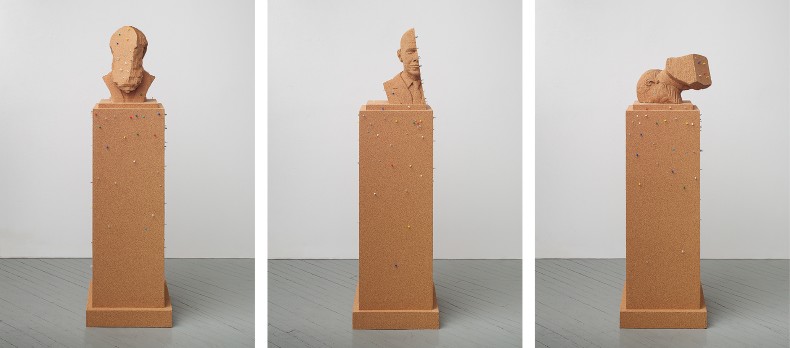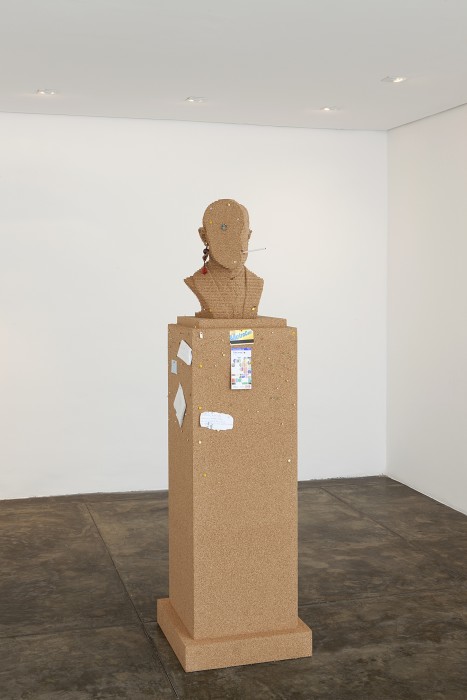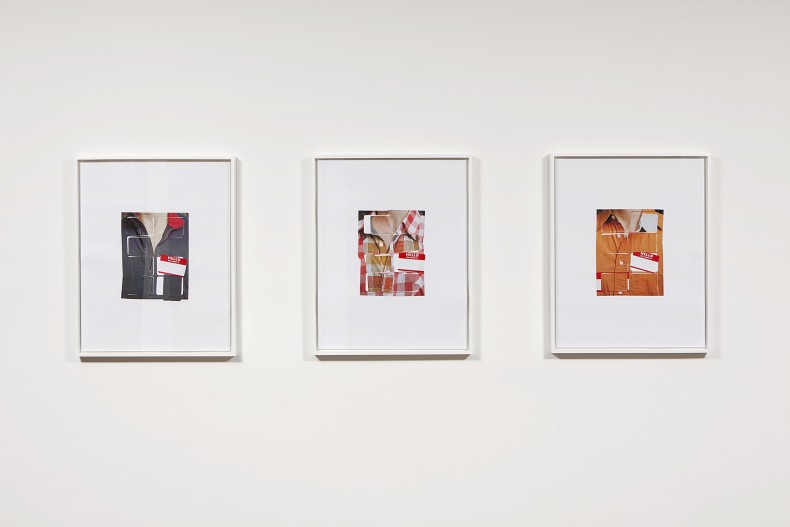The body of work of Paul Ramirez Jonas - whose international recognition has earned him participation in the Venice and São Paulo art biennales, among others - is often marked by the consciousness of the collective. This notion however is so rooted in his artistic thought, that his strategies deviate from the usual collaborative processes of contemporary art; the artist not only assigns the public an active role in the construction of meaning of the works, but also truly reflects the complexities of the collective sphere and makes them premises of his creations.
One aspect of this concern, presented with discretion thanks to the ironic nature of his poetics, was well reviewed by Pablo Helguera, Mexican artist and academic director of MoMA (NY), invited to write the exhibition's critical text: "... this interest contains more than just the dichotomy between the personal and the public; it appears to wish for a certain anonymity that although personal, is granted by the display of the message in public." As examples, the author cites the monuments made of cork, represented in the exhibition at Galeria Nara Roesler by a bust - both the use of the prosaic material for a form generally made of metal or stone, and the presence of a cut that makes it impossible to identify the portrayed subject, subvert the ceremonious, affirmative and symbolically inert nature of the bust. Paul Ramirez Jonas' work, not coincidentally named Ventriloquist, is almost a transfiguration of the cork message board. A similar "monument", a cork horse, was presented at Pinacoteca do Estado de São Paulo in 2011.
In other works, it is the collectively constituted character of culture that is called into question, such as in Assembly (Ghazi Stadium), a series of panels that compose the aerial image of a soccer stadium from the juxtaposition of thousands of different-colored tickets. Each individuality represented by a separate ticket suggests different potentials for social participation (a fact made specially eloquent by the depiction of an Afghan stadium, stage of sports and also political events).
In the opposite direction, but equally critical, is Registered, work in which tags, like those used to display people's names at business events, bring to mind the anonymity that emerges from standardized forms of personal identification. In both works, it is possible to notice suggestions of open answers to questions mentioned by Pablo Helguera, such as, how to define what a functioning democracy is, today. How can we unite for a common purpose without losing ourselves in the process? How can art help us in this process?"
A subtler example (and perhaps, for this reason, even richer in interpretation possibilities) of inconclusive inquiry is Declaration, a work that, as the artist provocatively affirms, is constituted by the single note and the single word of a new song. An assertive trumpet and a vehement flag are deprived of their usually assertive and vehement natures: the trumpet supports the word open - the instrument emits no sound, serves only as a mast, and the spelled word does not assume any given direction. The question remains whether this is a manifesto for spiritual opening, or even whether we are facing the announcement of a newly launched business venture.
These are just a few of the provoking absences of conclusive answers that the work brings about. In the curatorial text, written in the form of letter to the artist, Helguera analyzes: "There are no formulas, nor should there be; there is no permanence or stability in those responses, as much as the size, weight and indestructibility of a monument do not guarantee its importance. What we should do is look for those moments of clarity that are achieved, just as you do it, by complicating our relationship with the public, with the past, with what we thought to have been fully understood."
about the author of the critical text
Pablo Helguera was born in 1971 in Mexico City. He studied at the School of Visual Arts, University of Mexico and in the Faculty of Fine Arts, University of Barcelona, and the School of Arts, Institute of Arts, Chicago. He works with drawings, collages, installations, films, and performance, in addition to using lectures and conferences as part of his work. His subjects are history, pedagogy, sociolinguistics, ethnography and memory, weaving relationships between cultural history and language. Helguera lives and works in New York and is academic director of MoMA. As an artist, he has participated in the Mercosul and Havana Biennales, and was a fellow of the Guggenheim Foundation.
